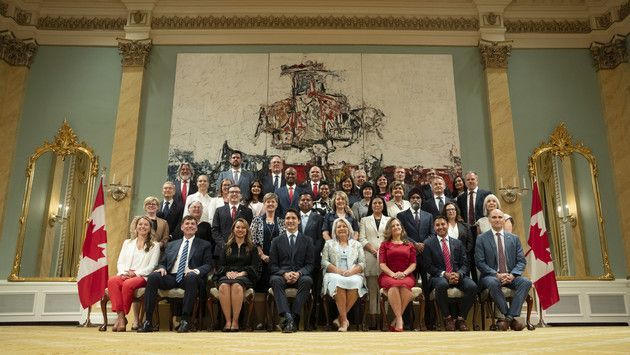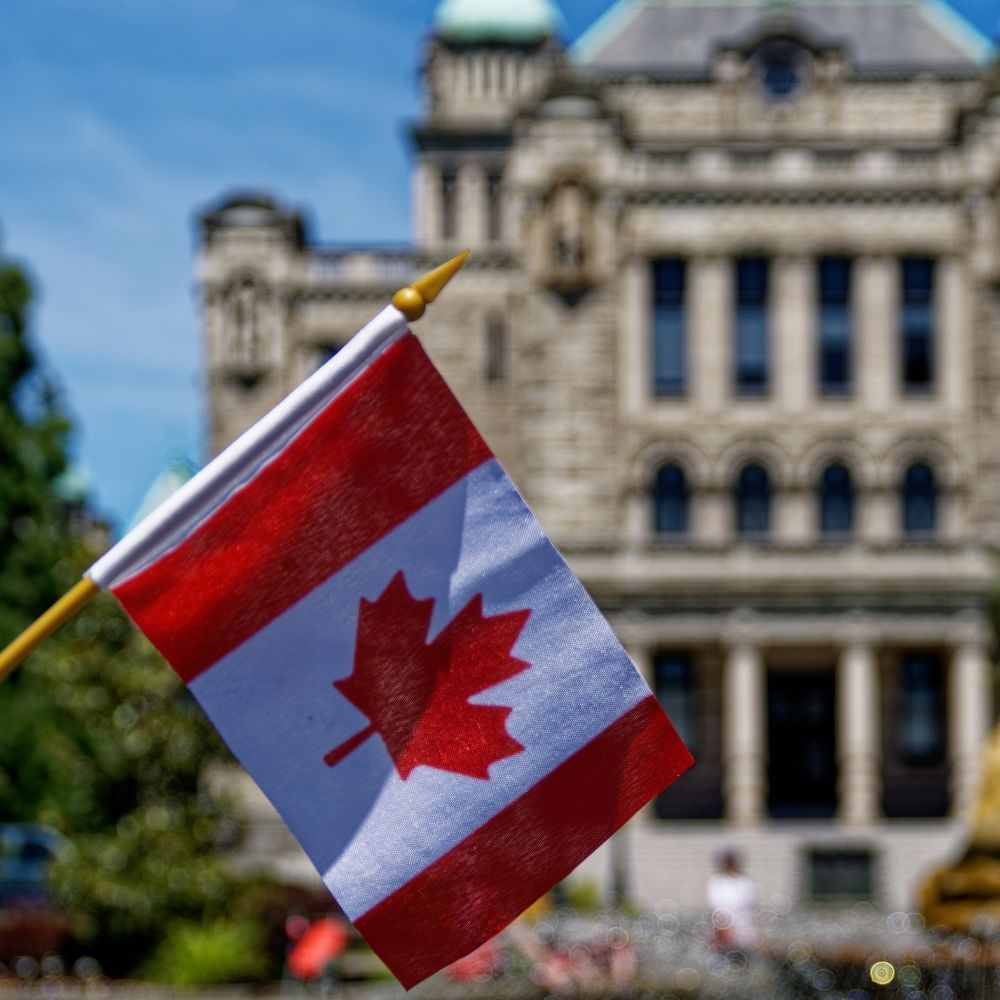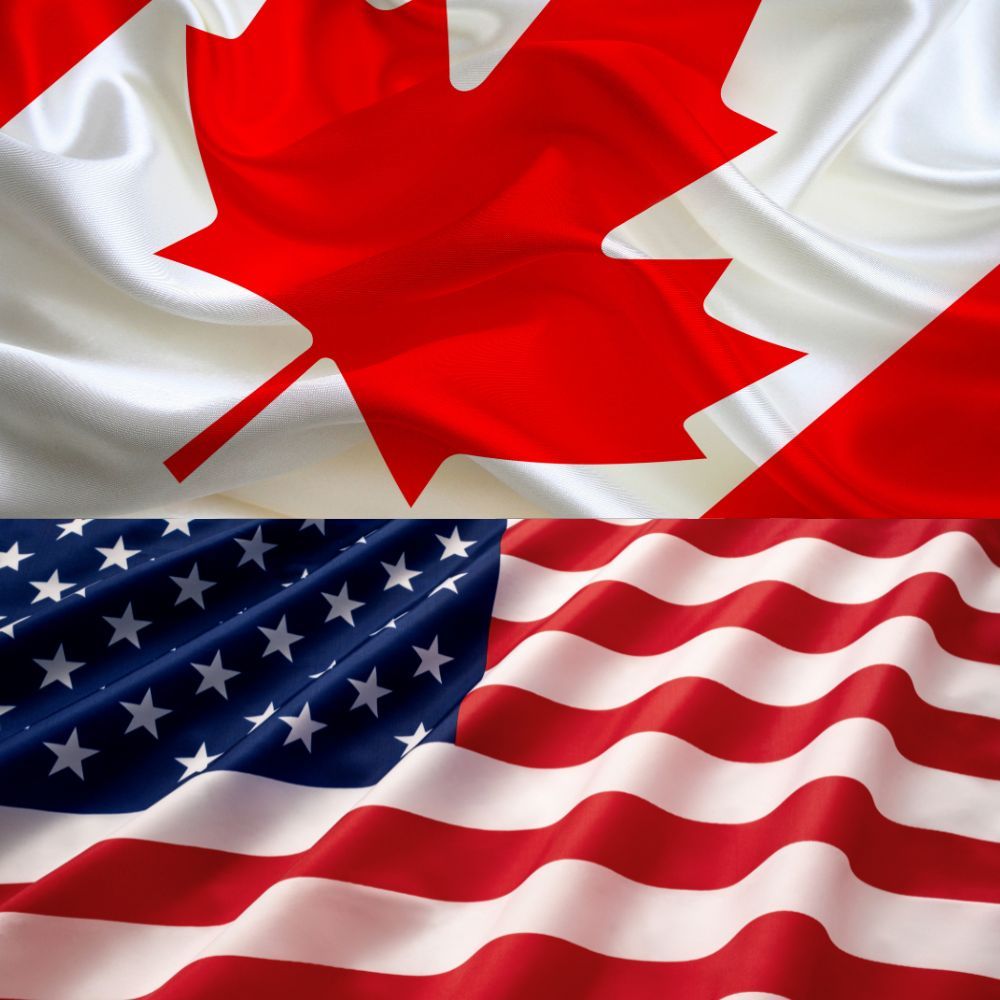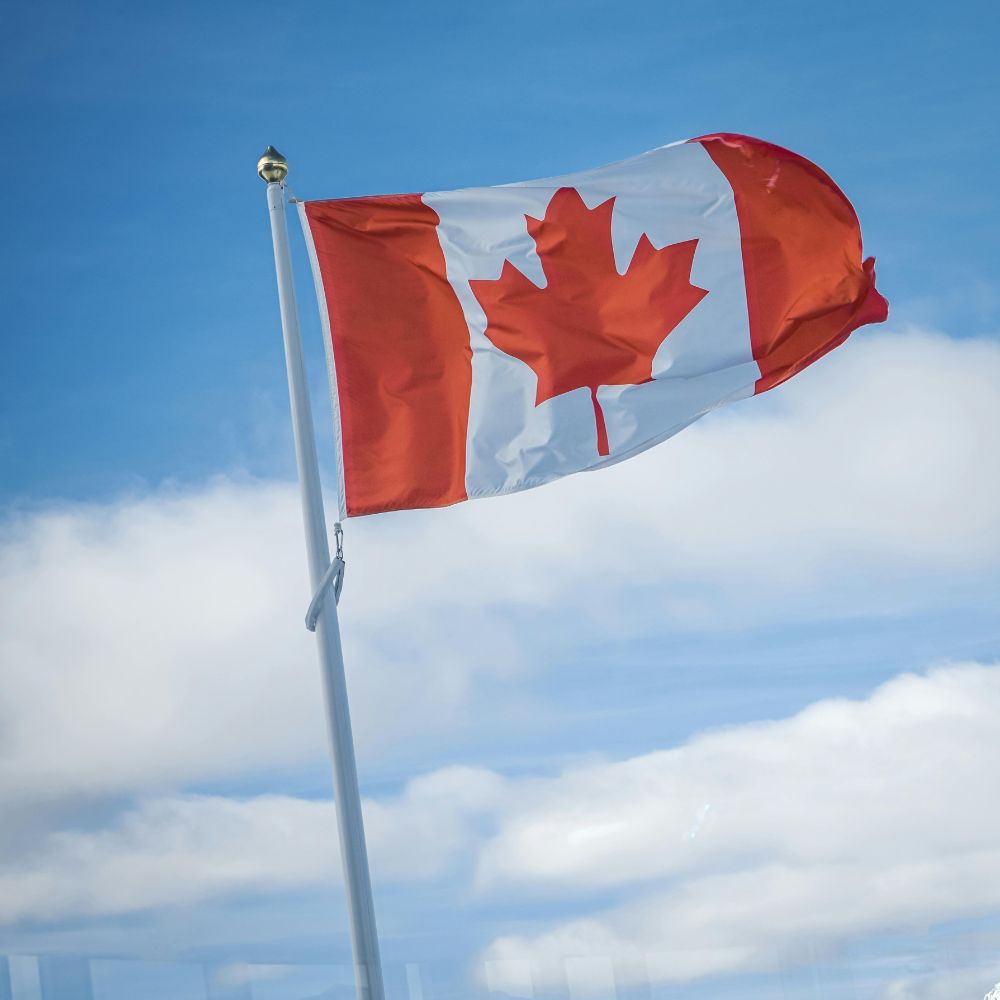Looking for change in the Trudeau Cabinet Shuffle
Like many avid Trudeau watchers, I am puzzled by his recent cabinet shuffle purporting to represent an energized team that will propel Canada forward and is designed to win the next election against increasing odds. This while the polls show that all the public wants is real change. For me it shows a very self-confident, even cocky Prime Minister convinced that continuing his activist positive social spending agenda will prove persuasive to voters in the next election.

When a former PMO heavy like Brooke Malinoski weighs in on the shuffle as she did recently in The Star, I pay attention since clearly the PMO election-ready staff had a key role in picking the seven new Ministers. Here is her take: “Recent polling suggests that Canadians are starting to see the Conservatives as the party best suited to address issues of affordability, a topic that was Trudeau’s bread-and-butter in 2015 when he won his majority, as we heard over the course of the campaign, with the support of the ‘middle class and those working hard to join it.’” This is typical PMO – never give up a good slogan however worn.
In this excerpt, she reveals what is obviously the PMO strategy in the shuffle: “He and his team know what it takes to win campaigns, and this is an election-ready cabinet. If it was not clear that the Prime Minister was gearing up for a fight in the next election, it certainly is now.”
With the PM promoting the same major policy approaches and major economic Ministers including the Finance Minister remain unchanged, it is difficult to see where the kind of change will come that Canadians are demanding.
Much rests on the young shoulders of Maritimer Sean Fraser, the new Minister of Housing and Infrastructure. In early interviews he talked about introducing new models of affordable housing in his own riding. If he were to get the feds back in the housing business in a meaningful way like in the seventies, it would be dramatic and impactful. That Infrastructure is also his responsibility may herald a more comprehensive approach to the housing issue that most troubles Canadians. But that would seem to be it for the possibility of change in the redesign.
Trudeau showed his toughness in this shuffle, ditching well-performing Ministers like Justice Minister and Attorney General David Lametti, and moving high profile Defence Minister Anita Anand to the low-profile Treasury Board.
One can also see the hand of the highly centralized and powerful PMO staff in the choice of the junior newcomers more likely to tow the line than to step out and innovate on their own. There had been rumors that Anand early in her defense role dared independently suggest that military spending would rise to 2% of GDP which thoroughly annoyed the PMO. The PMO is very surprise averse, even change averse.
When I was at the PMO in the pre-1979 election runup, caucus started to become restless about the apparent inordinate power of Jim Coutts and our then PMO. I assure you that the degree of control over Ministers was nothing compared to now when Ministers’ Chiefs of Staff are appointed by the PMO, blurring lines of responsibility and allowing breakdowns in communication, like the Bernardo debacle. With this shuffle leaving out many who could be considered more suitable caucus candidates, similar rumblings were inevitable. This was duly reported by The Star who had one MP saying tongue in cheek that the shuffle should have removed Trudeau’s Chief of Staff, Katie Telford.
So, we will watch as a generous Trudeau government continues “to have the back” of Canadians doling out huge grocery rebates to eleven million citizens, increasing child and GST tax credits, increasing the scope of dental care coverage, and adding to the list the potential of pharma care. Recently, the Minister of Finance announced new worker benefits which could mean up to $2,616 for eligible families. This received almost no coverage. An earlier $500 payment for low-income earners for rent did. This seemingly endless largesse will hopefully win our attention and voters’ support.
This is Trudeau’s continuing strategy, and he and his people are counting on the Leader of the Opposition being a foil to all this active help for economically pressed households. Very few political observers doubt that in an election campaign, and particularly in debates, Trudeau can take down the easily quoted Poilievre.
It remains to be seen if Trudeau can upgrade his own style and image which attract such negative reactions from so many Canadians. Short of dramatic new policies which now appear unlikely, real change may have to come from the man himself. This is awfully hard to foresee.
Patrick Gossage Insider Political Views




